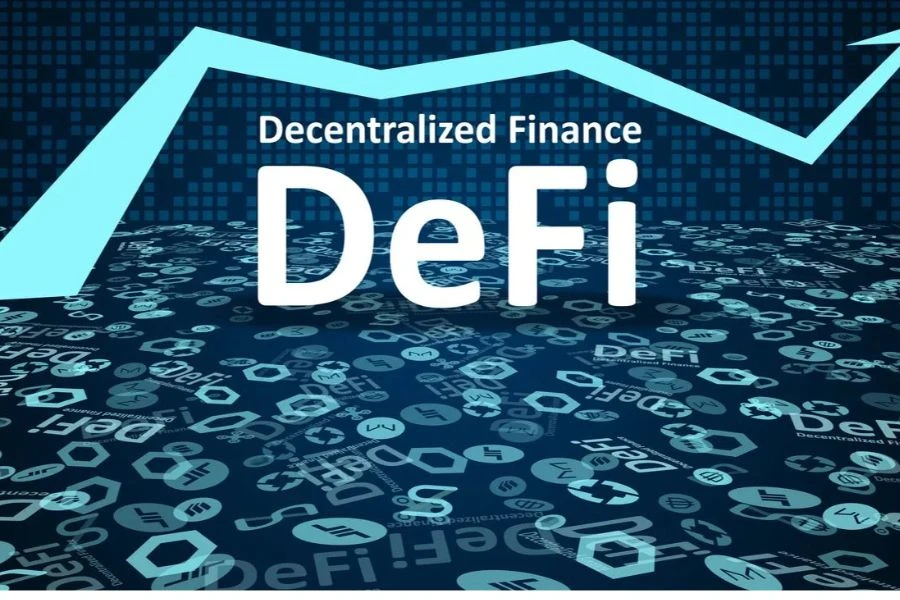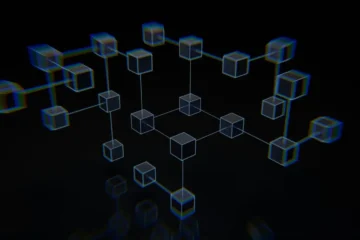Imagine a world where you can borrow, lend, trade, and earn interest without needing a bank, broker, or middleman. That’s not a financial fantasy—it’s what decentralized finance, or DeFi, is making possible right now. As we hit the midpoint of 2025, DeFi isn’t just a buzzword thrown around in crypto circles—it’s quietly revolutionizing how money works across the globe.
But what exactly is DeFi? Why does it matter? And how is it changing the economic landscape as we know it? Let’s break it down.
Table of Contents
What is DeFi and Why is Everyone Talking About It in 2025?
Decentralized Finance (DeFi) refers to a new financial system built on public blockchains—primarily Ethereum and newer players like Solana, Avalanche, and Base. Unlike traditional finance (TradFi), which relies on central institutions like banks and governments, DeFi uses smart contracts—self-executing code—to provide services like lending, borrowing, trading, and yield generation.
Think of it this way: Instead of going to a bank to get a loan, you interact with a decentralized application (dApp) that connects you with lenders across the globe, using code to enforce the rules—no paperwork, no banker, no office hours.
Why DeFi Is Gaining Serious Momentum in 2025
Over the past year, DeFi has grown from a fringe experiment into a multi-trillion-dollar ecosystem. According to Messari and DeFiLlama, total value locked (TVL) across DeFi protocols in 2025 has surpassed $380 billion—driven by global demand for open, transparent, and borderless finance.
Also Read: What Is Staking in Crypto? Explained Simply
Why now? Three big reasons:
- Distrust in Traditional Finance
Inflation, banking collapses, and political instability have left many looking for alternatives. DeFi offers control, transparency, and access—especially in emerging markets. - Improved UX and Security
In 2020–2022, using DeFi felt like hacking your way through a video game. In 2025, the experience is smoother, with mobile-friendly dApps, better wallet security, and insurance protocols protecting users from major risks. - Institutional Interest
Major asset managers are now offering DeFi strategies. Tokenized assets, real-world collateral (RWA), and regulated DeFi platforms are making it easier for institutions to join the party without regulatory headaches.
How Does DeFi Work? A Quick Walkthrough
Let’s simplify. Here’s how the core building blocks of DeFi operate:
- Lending & Borrowing: Platforms like Aave or Compound let users lend crypto for interest or borrow against collateral. No credit score needed—just your wallet and assets.
- Decentralized Exchanges (DEXs): Instead of using Binance or Coinbase, users can swap tokens peer-to-peer on Uniswap, Curve, or dYdX, often with better fees and full custody.
- Stablecoins: Coins like DAI or USDC act as crypto dollars and power most DeFi interactions. Many DeFi strategies rely on earning yield on stablecoin deposits.
- Yield Farming & Staking: Users can lock their tokens into smart contracts to earn passive income—kind of like an interest-bearing savings account, minus the bank.
- Synthetic Assets & Derivatives: Platforms like Synthetix offer exposure to stocks, commodities, and indices—without ever leaving the blockchain.
Real-World Impact: How DeFi Is Reshaping the Global Economy
DeFi isn’t just a crypto play anymore—it’s becoming infrastructure. Here’s where its impact is being felt:
- Banking the Unbanked: In regions like Latin America, Africa, and Southeast Asia, DeFi is filling gaps where traditional banks never existed—bringing savings, credit, and commerce to smartphones.
- Faster Cross-Border Payments: Businesses are now settling payments in minutes instead of days using DeFi rails. This cuts costs dramatically for remittances and international trade.
- Tokenization of Everything: From real estate in Dubai to green bonds in Singapore, DeFi is powering the tokenization of real-world assets, making them tradable 24/7 with global liquidity.
- Regulated DeFi Hubs: Places like the UAE, Switzerland, and Hong Kong are becoming centers for “compliant DeFi,” merging crypto-native innovation with legal clarity.
Also Read: The Metaverse and Crypto: A Match Made in Blockchain
The Risks: DeFi Isn’t All Sunshine and Lambos
Let’s be clear: DeFi isn’t risk-free. In 2024 alone, over $2.8 billion was lost to smart contract bugs, rug pulls, and phishing scams. While 2025 protocols are more battle-tested, risks remain:
- Smart Contract Vulnerabilities
- Volatile Collateral and Liquidations
- Regulatory Uncertainty in Key Markets
- User Error or Poor Wallet Hygiene
That said, insurance protocols, better auditing, and improved user interfaces are making DeFi safer than ever.
What’s Next for DeFi in 2025 and Beyond?
The lines between DeFi and traditional finance are blurring. We’re seeing:
- DeFi on Bitcoin: Projects like Stacks are enabling DeFi layers on the Bitcoin blockchain.
- RWA Integration: DeFi lending markets using tokenized Treasury bills or invoices as collateral.
- AI + DeFi: Smart agents are helping users optimize strategies and manage risk in real-time.
In short, DeFi is maturing—and fast.
Final Thoughts: Is DeFi Just a Fad or the Future of Finance?
The DeFi guide for 2025 isn’t about hype—it’s about what’s happening. From disrupting banks to reshaping capital markets, decentralized finance is changing how the world interacts with money.
If you’re just tuning in, you’re not too late. But it’s time to pay attention. Because in a world where code replaces clerks, and wallets replace banks, knowing what is decentralized finance may be more important than ever.




